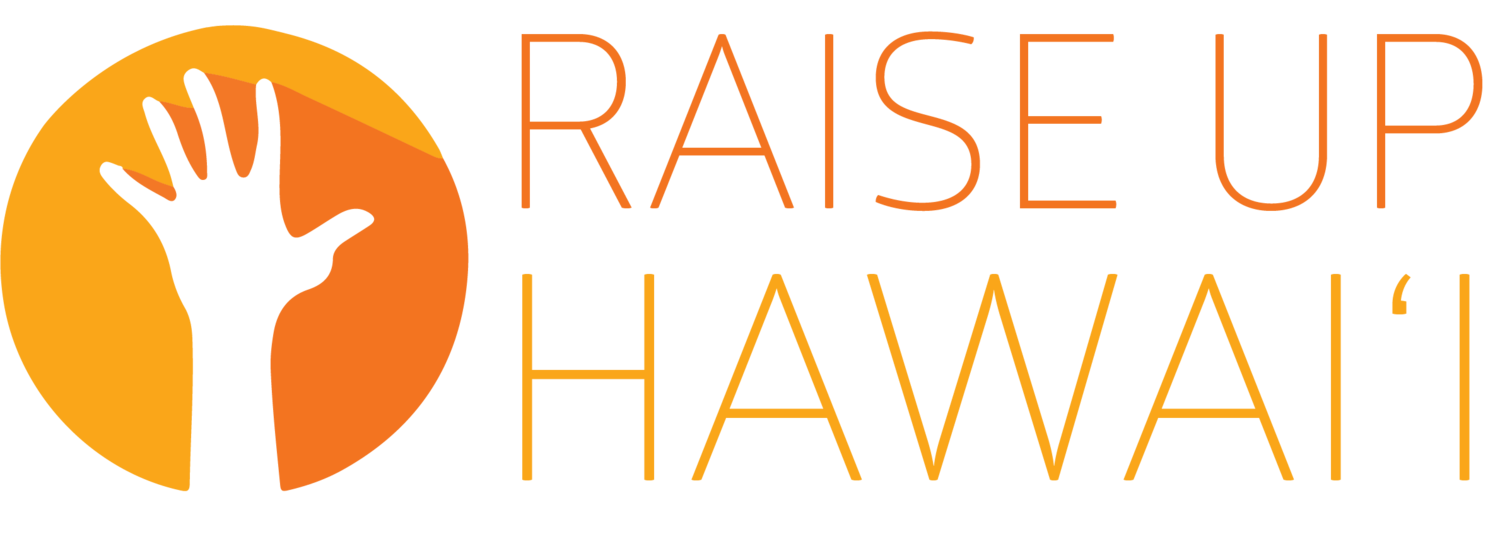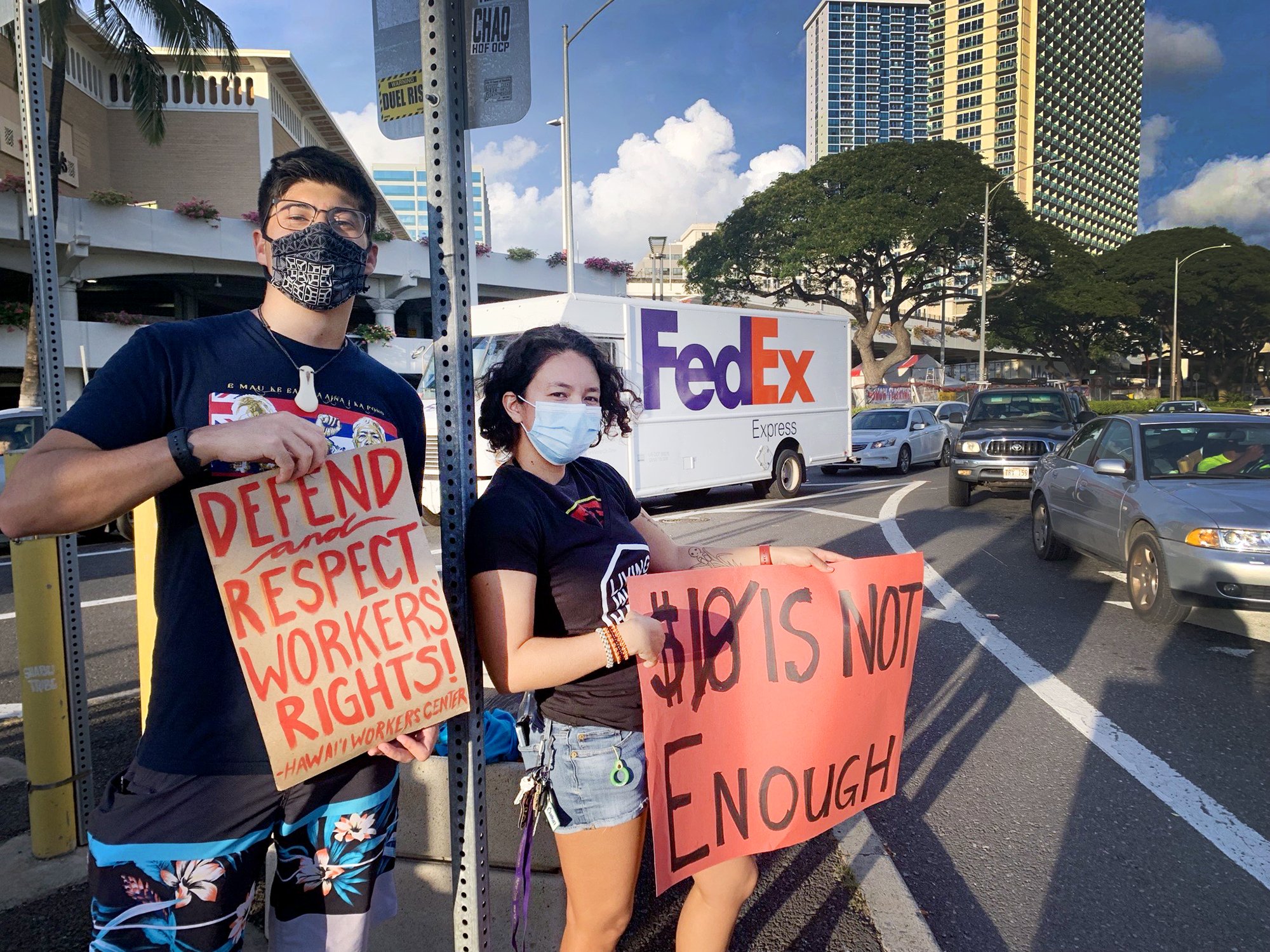Minimum wage bill crosses over to Senate
However, during a March 1 Finance Committee meeting, the bill received more opposition than support. While some of the opposition was from the perspective of business owners worried about the increased labor costs—Victor Lim, legislative lead of the Hawaii Restaurant Association, wrote that minimum wage jobs are meant for those just entering the work force and is not intended to provide a “living wage”—most were concerned that the bill does not do enough.
“HB 2510 would only get workers to $18 an hour by 2030—far too slow!” wrote the Hawaiʻi Workers Center, referring to the previous draft of the bill and its 2030 end date. “By 2026, HB 2510 would put workers at $14 an hour, which is almost the exact equivalent of where workers were left in 2018 with $10.10—well short of a living wage.”
The center and many other testifiers urged instead the passage of SB 2018 because of its much faster pay escalation.
A poll by the Chamber of Commerce Hawaii of its member businesses found that more respondents favored a faster wage increase. Of 207 respondents, 34% said they would support the timetable set by SB 2018, compared to only 15% who would support HB 2510’s schedule.
On the other hand, 27% of respondents favored capping the wage increase at $15 an hour, and 25% did not support a wage increase at all.
Hawaii Island Chamber of Commerce Executive Officer Miles Yoshioka said he wasn’t sure why businesses would favor a faster transition, but added that every business’ situation in the wake of the pandemic is different.
“Businesses are still trying to come back,” Yoshioka said. “Nothing’s easy for anyone right now, and doing a wage increase would just be something extra on that.”
That said, the majority of respondents to the state chamber’s survey said that, regardless of the wage increase schedule, they would be able to remain in business. Fifty-six percent of respondents believed they would not have to reduce their staff at all if the minimum wage rose to $18 an hour by 2030, and 49% believed the same if the wage rose to $18 by 2026.







